Comentarios / Preguntas (40)
![]() Elvira Eger escribió:
Elvira Eger escribió:
Guten Tag, ich bin gerade dabei, den Rock zu stricken und hätte da eine Frage zu dem Muster Diagramm. Es gibt das Muster A. 1 mit der ersten Reihe mit Abnahme und dann noch das Muster A. 1a, das bis zum Ende gestrickt werden soll. Ich sehe aber keinen Unterschied zwischen A. 1 und A.. 1a. Bitte melden Sie sich bald, damit ich weiter machen kann. Vielen Dank für die Bemühungen Elvira Eger
17.02.2022 - 13:16DROPS Design respondió:
Liebe Frau Eger, bei der 1. Reihe in A.1a stricken Sie *2 Maschen links zusammen, 1 Umschlag, 1 Maschen wie zum Linksstricken abheben*, und diese 3 Maschen von *bis* wiederholen (Umschläge werden nicht als Maschen gezählt), so haben Sie abgenommen. Dann stricken Sie die 2. und 3. Reihe in A.1 und stricken Sie so weiter, dh die 2 Reihen in A.1a sind die gleichen als die 2. und die 3. Reihe in A.1. Kann das Ihnen helfen?
17.02.2022 - 13:42
![]() Carol MacDonald escribió:
Carol MacDonald escribió:
Hi I have pattern Drops 196-37. Can you please tell me what the measurements are for the sizes
16.10.2021 - 07:37DROPS Design respondió:
Dear Carol, you can find all the relevant measurements of the finished piece on the shcematic drawing just below the pattern description. Happy Stitching!
17.10.2021 - 00:23
![]() Lara escribió:
Lara escribió:
Does anyone else find A1 not working for them? It works when I do rows, and does not when I try in rounds. Shouldn't it be "purl in one round, then knit in the next?" I watched a few videos of false English rib, it usually starts with "knit one " - not purl. Could this be an issue?
02.01.2021 - 05:50
![]() Lara escribió:
Lara escribió:
Dear Drops Design, Kristen seems to be right, the pattern appears to give the wrong side as "right side" when switching to false English rib. I looked up a video explaining false English rib, it appears that A1 diagram is somehow wrong, I am still trying to figure out what exactly the problem is. Maybe it has something to do with translation from Norwegian? Was anyone able to get it right using this pattern? Thank you.
01.01.2021 - 05:36
![]() Emma escribió:
Emma escribió:
Jeg har svært ved at forstå overgangen fra de 8 cm rib til det nye mønster. Bliver forvirret over strikkediagrammet og den vejledende video for falsk patent. Prøver de at forklare den samme ting?
18.11.2020 - 23:30DROPS Design respondió:
Hej Emma, første pind i diagrammet er anderledes end i videoen da du strikker 2 masker vrang sammen, men herefter strikkes de to omgange skiftevis som i videoen. God fornøjelse!
23.11.2020 - 16:00
![]() Lisia escribió:
Lisia escribió:
Dit was de eerste keer dat ik in aanraking kwam met valse patentsteek en patentsteken überhaupt, na veel gepuzzel en googlen ontdekte ik een fout in het telpatroon. De averechtste steken in de tour van de dichte bolletjes (de toer met de extra omslagen) moeten rechtste steken zijn!
14.11.2020 - 16:42
![]() Jasmin escribió:
Jasmin escribió:
Danke für die schnelle Antwort. Ich habe meinen Fehler jetzt auch gefunden. Hatte die Strickschrift falschherum gelesen und bei A1 von oben und nicht von unten angefangen. Jetzt läuft es aber super. Das Videos sind sehr gut gemacht und wirklich hilfreich, sodass man auch als Anfänger die Anleitungen gut nachstricken kann. Danke auch dafür.
04.05.2020 - 19:06
![]() Jasmin escribió:
Jasmin escribió:
Ich bin jetzt an der Stelle angekommen, an der man zum Halbpatent wechselt (also mit A.1 anfängt). Aber irgendwie kommt es bei mir mit dem Muster nicht hin... Kann es sein, dass bei der ersten Reihe von A.1 ein Kästchen für eine linke Masche häkeln fehlt? Also dass es sein müsste einen Umschlag+abheben und dann zwei linke Maschen? Oder gehört das so und man sieht das nach dem zusammenstricken in der dritten Reihe nicht mehr?
03.05.2020 - 23:45DROPS Design respondió:
Liebe Jasmin, bei der 1. Reihe in A.1a stricken Sie: 2 M links zusammen, 1 Umschlag + 1 Masche abheben (= es sind nur noch 2 Maschen denn der Umschlag nnicht als Masche gerechnet wird (der Umschlag "gehört" zu den abgehonbenen Maschen). Und dies stets wiederholen. Bei der 2. Runde stricken Sie (1 Masche links, Umschlag + abgehobene Masche rechts zusammen stricken) - siehe auch dieses Video. Viel Spaß beim stricken!
04.05.2020 - 15:49
![]() Mariona escribió:
Mariona escribió:
Hola! Los 33cm de cintura de la talla pequeña en el esquema corresponde a la prenda puesta o a la prenda tejida? Entiendo por lo indicado que sería puesta, pero 33cm de ancho de cintura se me hace una talla de mujer MUY pequeña.
03.05.2020 - 14:50DROPS Design respondió:
Hola Mariona. Las medidas en el diagrama bajo el patrón son las medidas de la prenda tejida.
19.11.2020 - 20:19
![]() Kristen escribió:
Kristen escribió:
No you misunderstand what I'm saying. The wrong side of the pattern is showing up on the outside when I switch to the A1 pattern. The hem is accurate with the rib on the outside of the skirt, but once I begin A1 and *P2 tog, then yarn over, slip 1 as if to P* and then continue on with the false english rib, the rib pattern is sowing up on the inside of the skirt. I pulled the whole project and started again and once I get to this point it happened again.
23.02.2020 - 18:51DROPS Design respondió:
Dear Kristen, sorry I may still misundertand what you mean here. After you have worked the first 3 rows in A.1 you should continue working A.1a = round 1: P1, Ktog YO and slipped st - round 2: P1, YO, slip st as if to P. Ie the first st in A.1 will always be purled and the 2nd st in A.1 (= the k stitch from the rib) will be worked alternately slipped with YO and knit tog with YO. Happy knitting!
24.02.2020 - 09:36
See You In Dublin#seeyouindublinskirt |
||||||||||||||||
 |
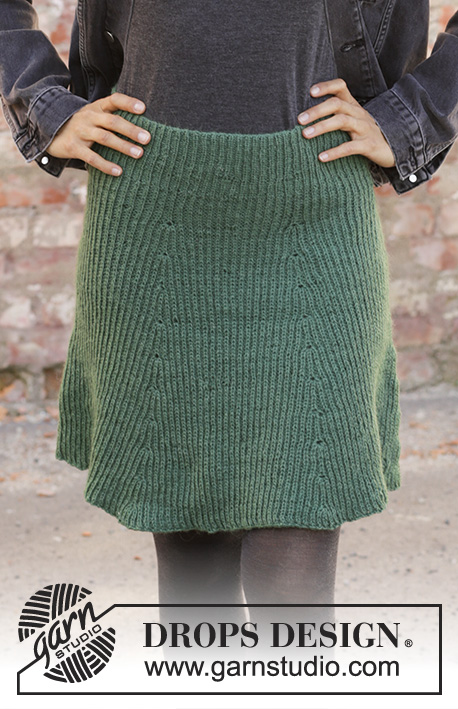 |
|||||||||||||||
Falda de punto en DROPS Nord. La prenda está realizada de arriba abajo con punto inglés falso. Talla: S - XXXL
DROPS 196-37 |
||||||||||||||||
|
EXPLICACIONES PARA REALIZAR LA LABOR: ---------------------------------------------------------- TENSIONES DEL TEJIDO: La textura de la prenda hace que se estire al ponerla y tiene por ello 2 tipos de tensiones. Tensión del tejido 1: se aplica cuando la prenda se trabaja y está plana. La prenda debe tener esta tensión cuando se trabaja. Tensión del tejido 2: es la tensión de la falda en la parte de la cintura cuando se lleva la prenda puesta. La tensión del tejido en vertical corresponde al punto de derecho, que se trabaja sobre 1 vuelta menos que el punto de revés, porque el punto de derecho se desliza flojo a la aguja derecha cada 2ª vuelta. Es decir, 24 filas medidas en vertical de derecho en 10 cm = 48 filas medidas en vertical de revés en 10 cm. Las medidas del diagrama son las medidas con la prenda puesta. TIP-1 PARA LOS AUMENTOS (repartidos): Para calcular cómo aumentar de manera repartida, contar el número total de puntos en la aguja (p.e 172 puntos) y dividirlo entre el número de aumentos a trabajar (p.e 26) = 6.6. En este ejemplo, aumentar trabajando 1 hebra después de cada 6º / 7º punto de modo alterno (aprox.). En la siguiente vuelta, trabajar las hebras de derecho retorcido para evitar que se formen agujeros. TIP-2 PARA LOS AUMENTOS: Todos los aumentos se trabajan en una vuelta donde la hebra y el punto de derecho se trabajan juntos. Trabajar 5 puntos en el punto de derecho y la hebra como sigue: Trabajar juntos de derecho la hebra y el punto de derecho, pero no pasar el punto de derecho trabajado junto con la hebra a la aguja derecha, *hacer 1 hebra con la aguja derecha y trabajar juntos de derecho el punto de derecho y la hebra*, trabajar de * a * un total de 2 veces = 5 puntos (= 4 puntos aumentados). PATRÓN: Ver el diagrama A.1. ---------------------------------------------------------- COMENZAR AQUÍ LA LABOR: ---------------------------------------------------------- FALDA - RESUMEN DE LA LABOR: Se trabaja en redondo con aguja circular, de arriba abajo. Primero trabajar un dobladillo para pasar el hilo elástico. Después trabajar punto elástico y punto inglés falso. La textura de la prenda será diferente con la prenda puesta - leer TENSIÓN DEL TEJIDO. DOBLADILLO: Montar 172-188-202-228-250-292 puntos con aguja circular tamaño 2,5 mm y Nord. Trabajar 1 vuelta de revés. Ahora trabajar 4 vueltas en punto jersey. Trabajar 1 vuelta de revés y al mismo tiempo aumentar 26-28-32-36-38-44 puntos repartidos (= borde de doblaje) - leer TIP-1 PARA LOS AUMENTOS = 198-216-234-264-288-336 puntos. Insertar 1 marcapuntos en la labor. AHORA MEDIR LA LABOR DESDE AQUÍ. FALDA: Trabajar 8 cm en punto elástico (2 revés/ 1 derecho). Cambiar a aguja circular tamaño 3 mm y trabajar A.1 sobre todos los puntos (= 66-72-78-88-96-112 veces en la vuelta). Cuando se ha trabajado la primera vuelta de A.1, hay 132-144-156-176-192-224 puntos en aguja. Las hebras no se cuentan como puntos. Después de completar A.1 una vez en vertical, repetir A.1a hasta finalizar las medidas. RECUERDE MANTENER LA MISMA TENSIÓN DEL TEJIDO. Cuando la labor mida 10 cm desde el marcapuntos, insertar 1 marcapuntos en cada 11º-12º-13º-11º-12º-14º punto de derecho (= 6-6-6-8-8-8 marcapuntos). Después aumentar 4 puntos en cada punto con marcapuntos - leer TIP-2 PARA LOS AUMENTOS (= 24-24-24-32-32-32 puntos aumentados). Continuar en redondo con el patrón, trabajar los puntos aumentados dentro del patrón. Aumentar de la misma manera cada 4-4-4-4½-4½-4½ cm hasta que la labor mida 48-50-52-54-56-58 cm desde el marcapuntos. Hay aprox 348-384-396-464-512-544 puntos en la aguja. Ajustar para que la última vuelta sea una vuelta con hebras. Rematar con derecho sobre derecho y revés sobre revés, pero rematar las lazadas como puntos regulares para evitar que el borde de remate queda muy tenso. TERMINACIÓN: Doblar el dobladillo hacia el lado revés de la falda y asegurar con puntadas pequeñas, dejar una pequeña abertura para pasar la cinta elástica. |
||||||||||||||||
Explicaciones del diagrama |
||||||||||||||||
|
||||||||||||||||
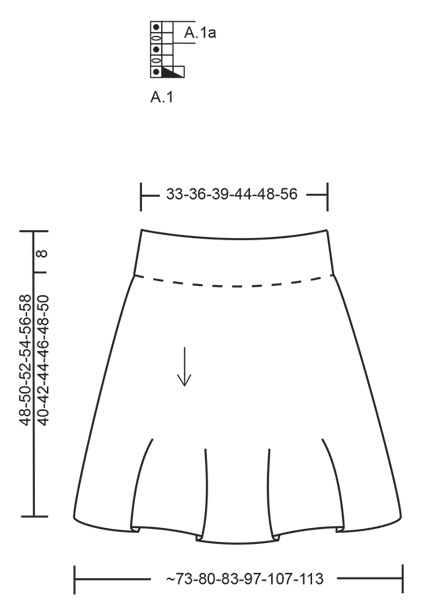 |
||||||||||||||||
¿Terminaste este patrón?Entonces, etiqueta tus fotos con #dropspattern #seeyouindublinskirt o envíalas a la galería #dropsfan. ¿Necesitas ayuda con este patrón?Encontrarás 18 videos tutoriales, un espacio para comentarios/preguntas y más visitando la página del patrón en garnstudio.com © 1982-2025 DROPS Design A/S. Todos los derechos reservados. Este documento, incluyendo todas sus sub-secciones, está protegido por los derechos de autor (copyright). Lee más acerca de lo que puedes hacer con nuestros patrones en la parte de abajo de cada patrón de nuestro sitio. |
||||||||||||||||







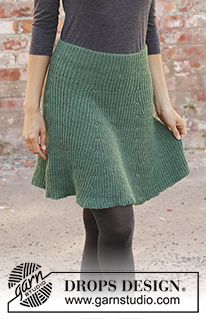





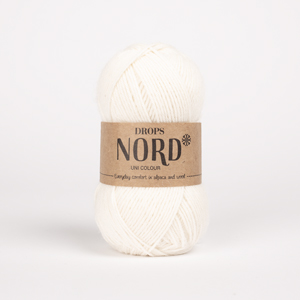


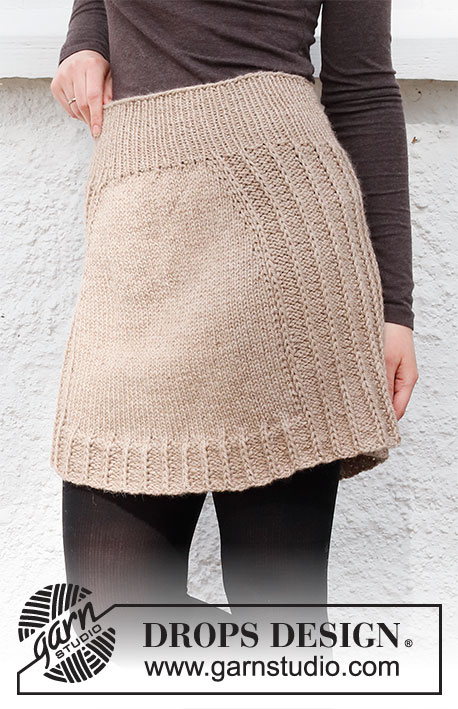























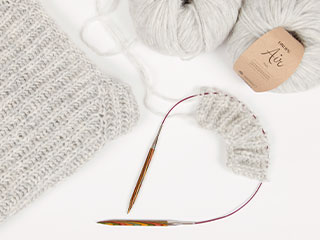









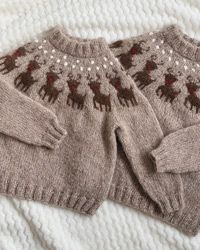

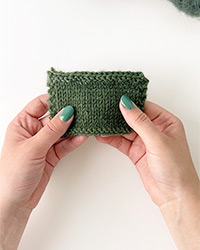

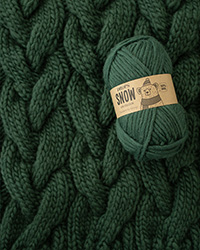
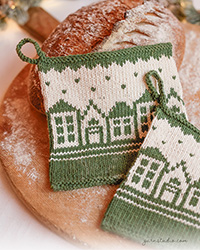
Escribe un comentario sobre DROPS 196-37
¡Nos encantaría saber qué piensas acerca de este patrón!
Si quieres escribir una pregunta referente al patrón, por favor asegúrate de elegir la categoría correcta en el formulario debajo, para acelerar el proceso de respuesta. Los campos obligatorios están marcados con un *.